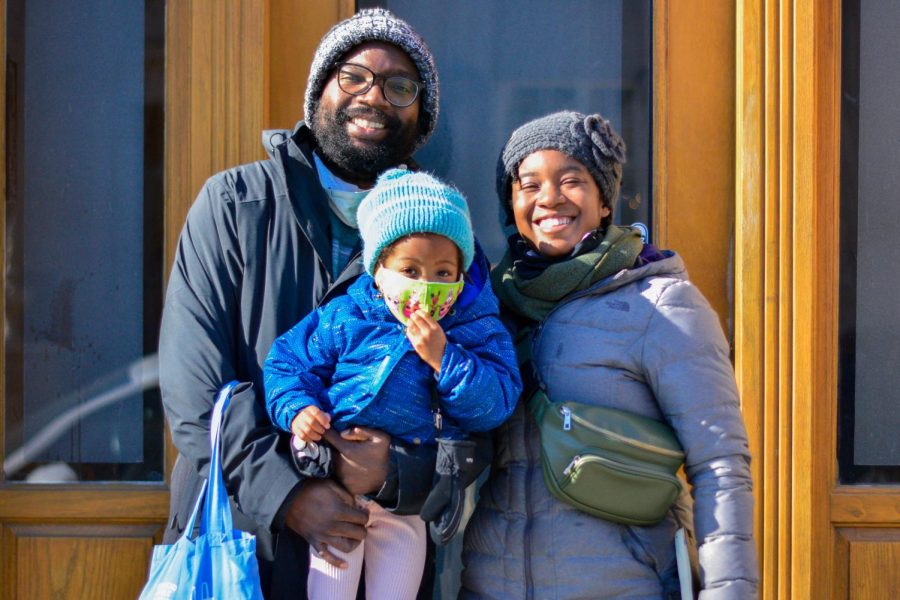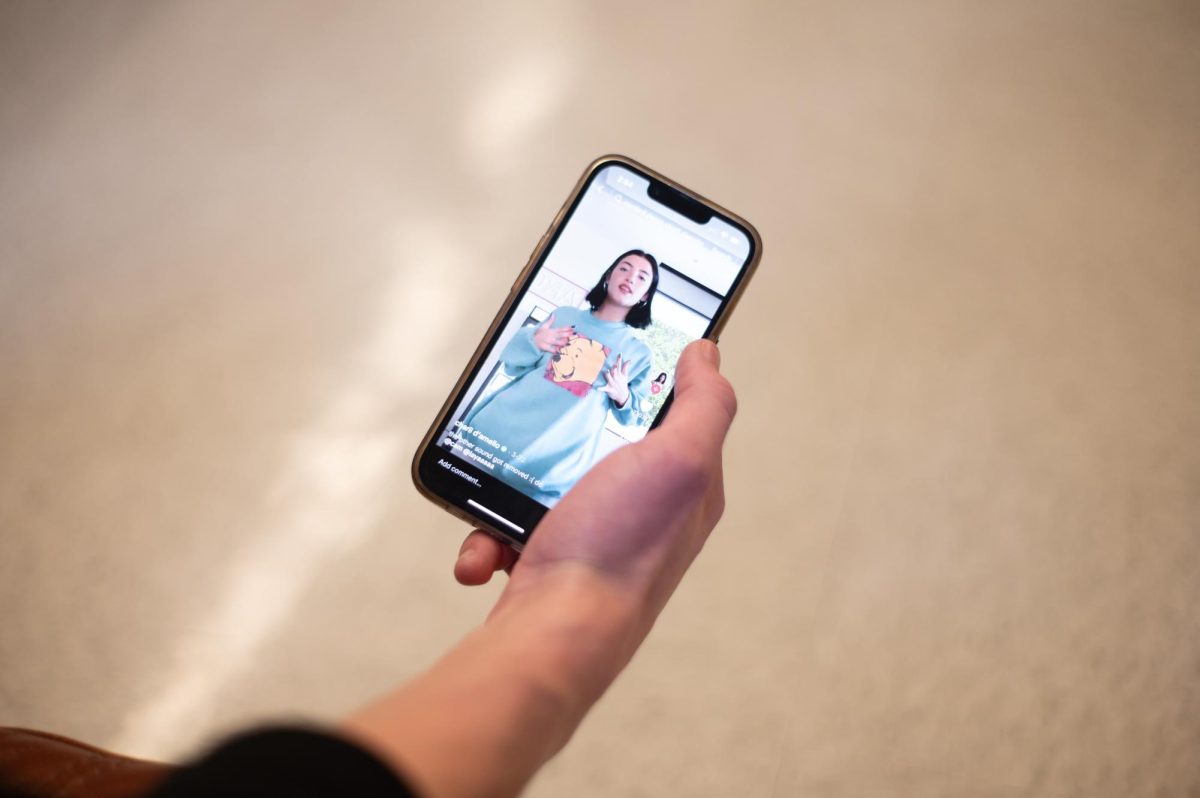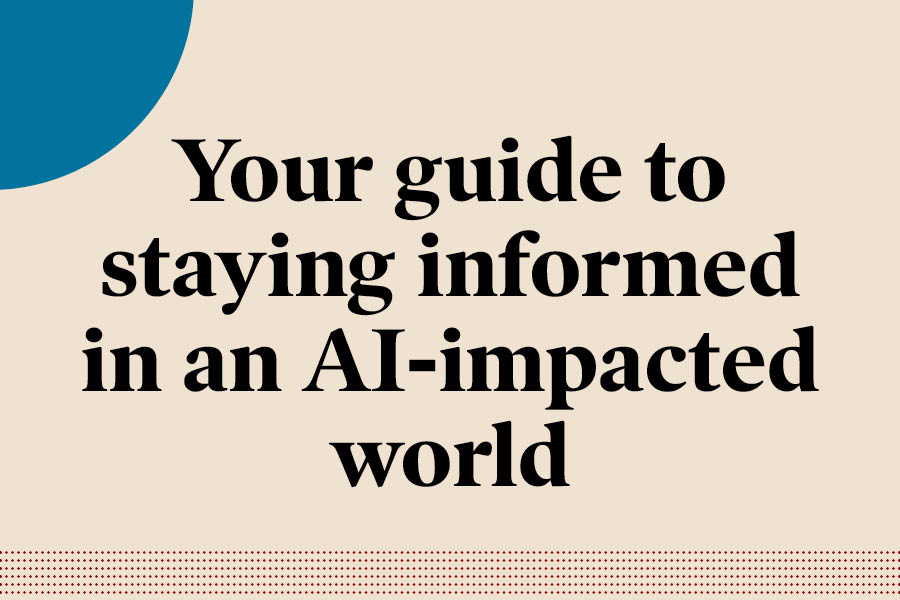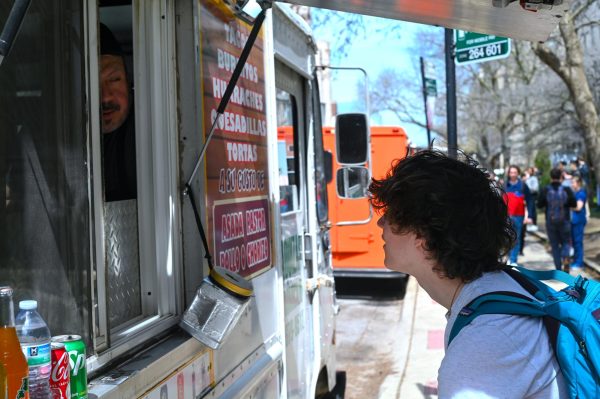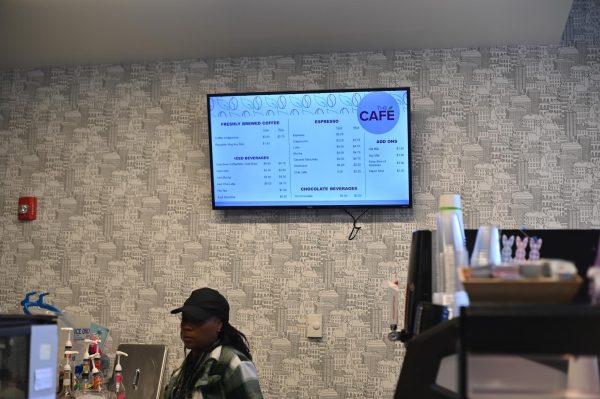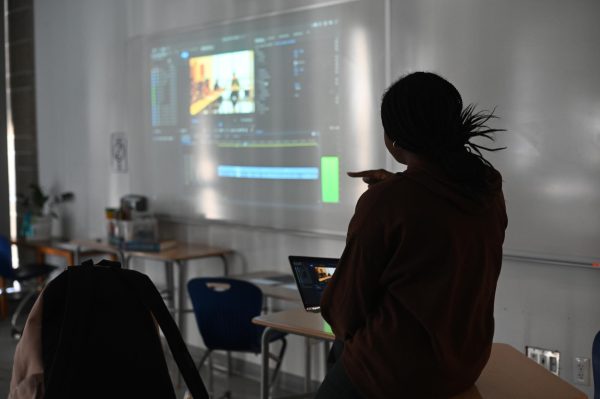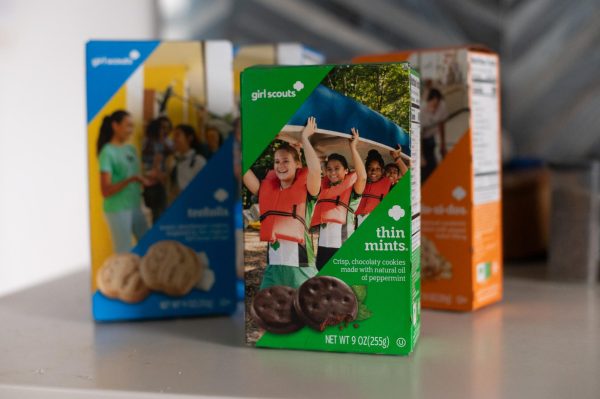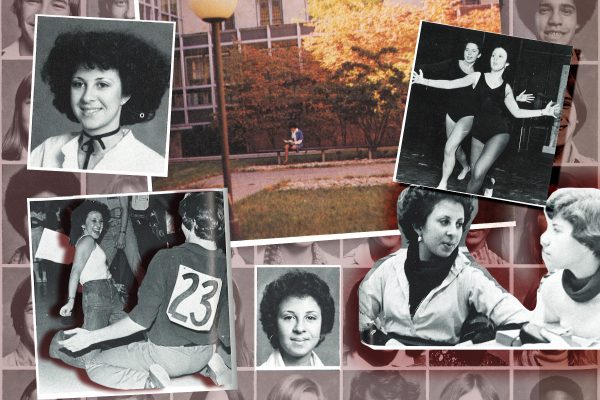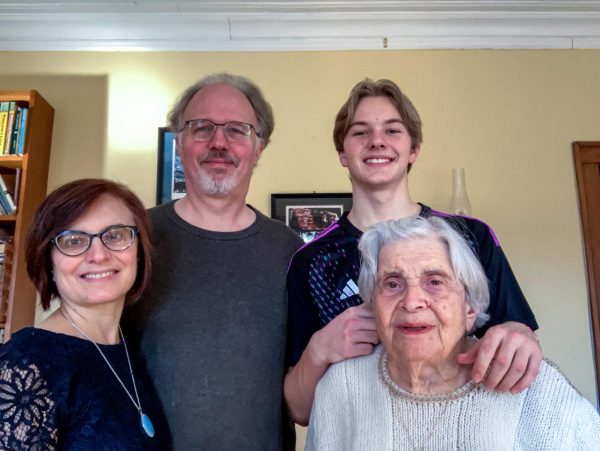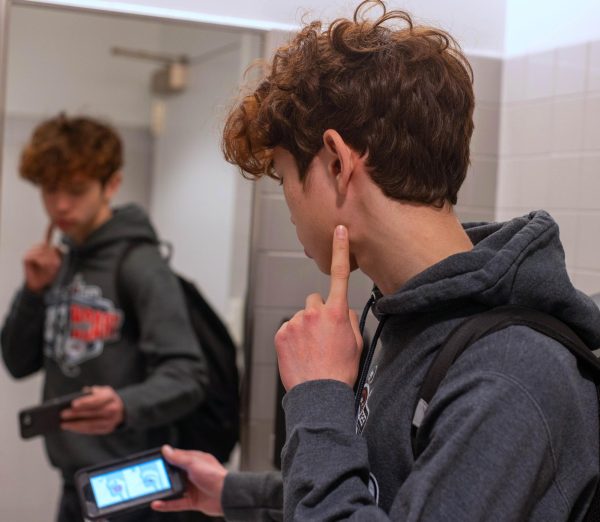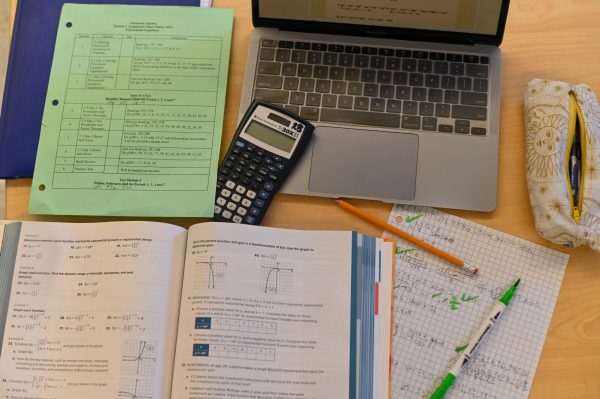Shared spaces: Families come to understand distance learning, work lives
History teacher Naadia Owens poses with her husband, Aaron Brunswick, and their daughter, Eden, in typical pandemic get-ups outside their home. Since schools transitioned to distance learning last March, parents like Ms. Owens have had to adjust to working near their young kids, and in the process, have gained insights into who their kids are as students.
March 10, 2021
Just a year ago, the work lives and school lives of parents and kids existed separately. To parents, school meant quick hugs and goodbyes in the early morning outside Earl Shapiro Hall and gleeful pickups as classes ended. This hasn’t been the case since last March due to restrictions during the coronavirus pandemic. Now, the work lives of parents and remote learning for kids happen just rooms away.
While working in close proximity to young kids is not without its difficulties, parents have discovered a silver lining to working and learning from home: distance learning allows them to better understand what their kids do all day, and vice versa.
U-High physics teacher Matt Martino spends his days fitting parenting and teaching into one schedule. His fourth-grade son and first-grade daughter are both attending Lab remotely.
“It’s very hard to balance the attention that [my daughter] needs during her school and in between her sessions of school with the the time that my wife and I have to, you know, to give it to her,” Mr. Martino said, “and we’re relatively fortunate because we were able to schedule our actual, you know, synchronous class instruction so that it didn’t overlap.”
Melissa Steger, a lower school counselor, said sharing spaces can be stressful for both kids and parents. She would know, as she regularly balances working with third graders with her responsibilities as the parent of a second grader and a 3-year-old nursery student.
It’s wonderful to be able to be present and more involved and have more time with kids. But it’s also challenging because both kids and parents aren’t getting the autonomy that they’re used to.
— Melissa Steger
“It’s wonderful to be able to be present and more involved and have more time with kids. But it’s also challenging because both kids and parents aren’t getting the autonomy that they’re used to,” Ms. Steger said. “No one is kind of getting that space that they need.”
U-High English teacher Christine Himmelfarb’s two older daughters are attending school in person at Lab, while her youngest, a 2-year-old, stays at home. Last year, while her older daughters were still learning from home, Ms. Himmelfarb was able to learn more about her daughter currently in Nursery 4 while helping her with her schoolwork.
“That part was a really nice thing, where I feel like I started seeing my daughter through the lens of her age, versus just as this like ever-growing kid who lives with me,” Ms. Himmelfarb said. “So I think, I don’t know, that was actually a beautiful outcome that I had more insight into what a Nursery 3 classroom was like.”
Mr. Martino said he felt a similar satisfaction watching his daughter learn from home.
“It’s also fun to see their school in a way that we don’t get to normally see […] It’s difficult to get my daughter to do her schoolwork, she’s the one in first grade,” Mr. Martino said. “But it’s it’s fun to get to see that that product and those results in a way that you don’t see as much when school is something that happens over there.”
While parents are learning more about how their kids work, their kids are also picking up some of what the adults actually do all day as well.
“They have had a lot more insight into the kind of work that I do as a teacher,” Ms. Himmelfarb said. “And there was a kind of a funny video I found on my computer, where my daughters were actually teaching on Zoom on my computer, like in a sort of pretend play way, and so I could see what they thought, like a teacher does.”
For these high school teachers, understanding how their young children learn has also given them a greater appreciation for the lower school teachers.
“My main takeaways,” Ms. Himmelfarb said, “have been that nursery teachers and, like, first and second grade — those like teachers and young children deserve, well, maybe a lot more respect than they’re given.”
Audio extras
Matt Martino: Clip 1
Whether participating in their online classes or popping into their dad’s, U-High physics teacher Matt Martino’s kids always brighten the house with their excitement, cutting through the dreariness of a global pandemic.
Christine Himmelfarb: Clip 2
U-High English teacher Christine Himmelfarb sometimes notices marks her daughters leave behind on her workspace: a stray app open on her desktop or their handwriting on her books and notes that serve as reminders of the blurred lines between home and work.
Melissa Steger: Clip 3
Lower school counselor Melissa Steger advises parents to take distance learning and parenting during a pandemic day-by-day, and to do whatever they find works best for their family.



